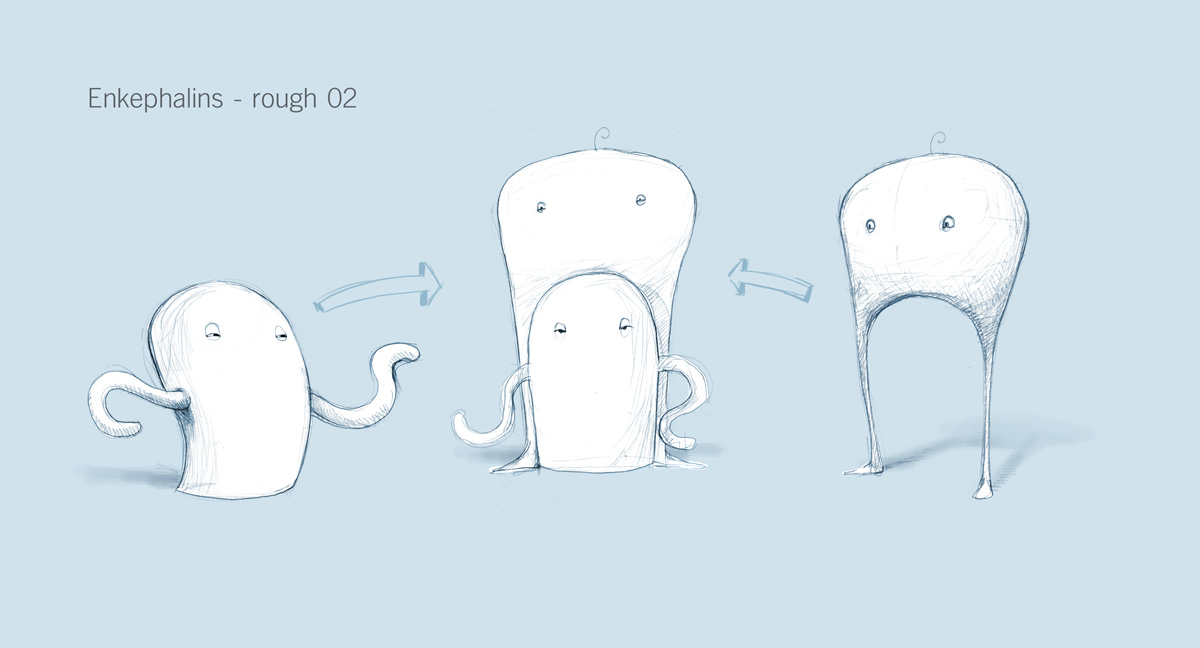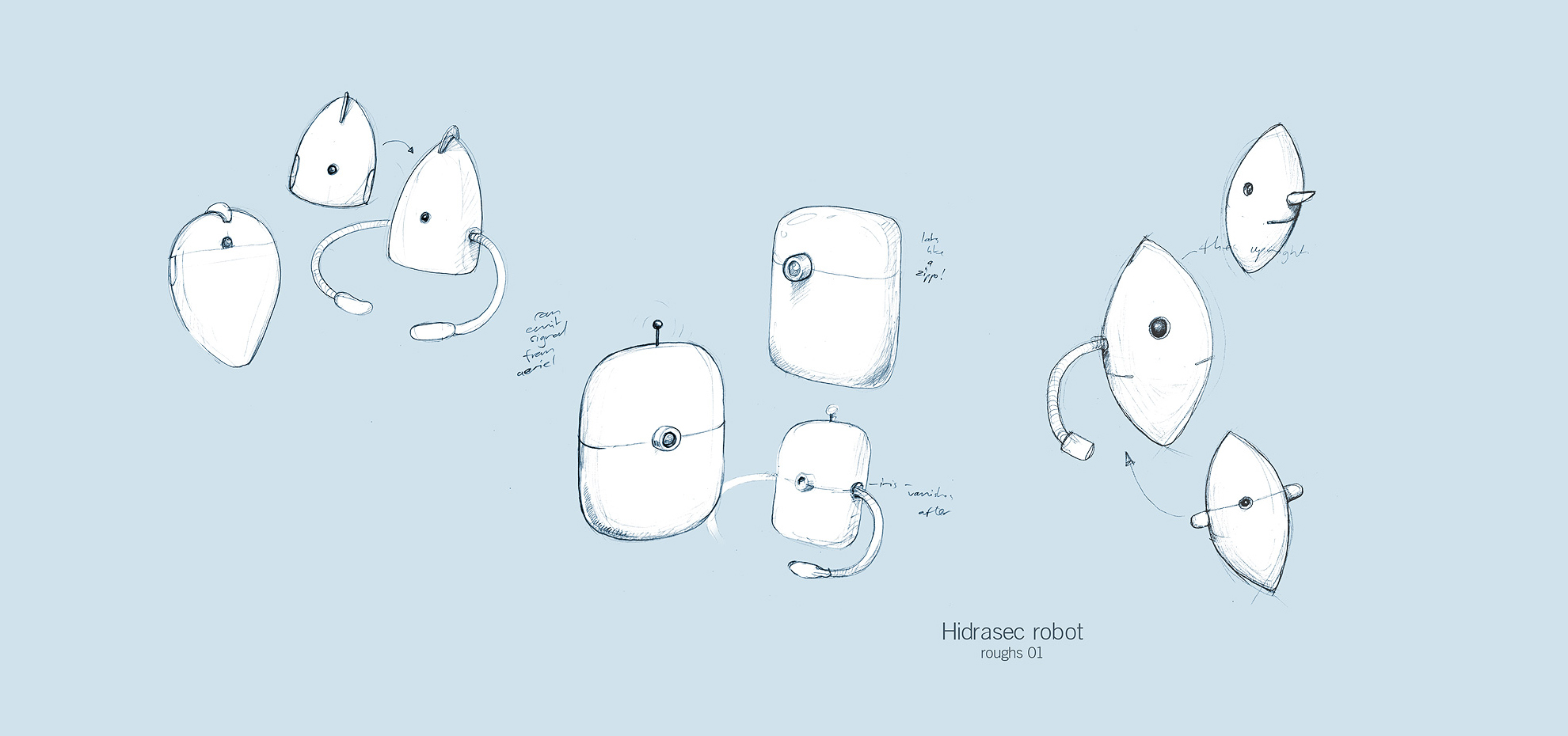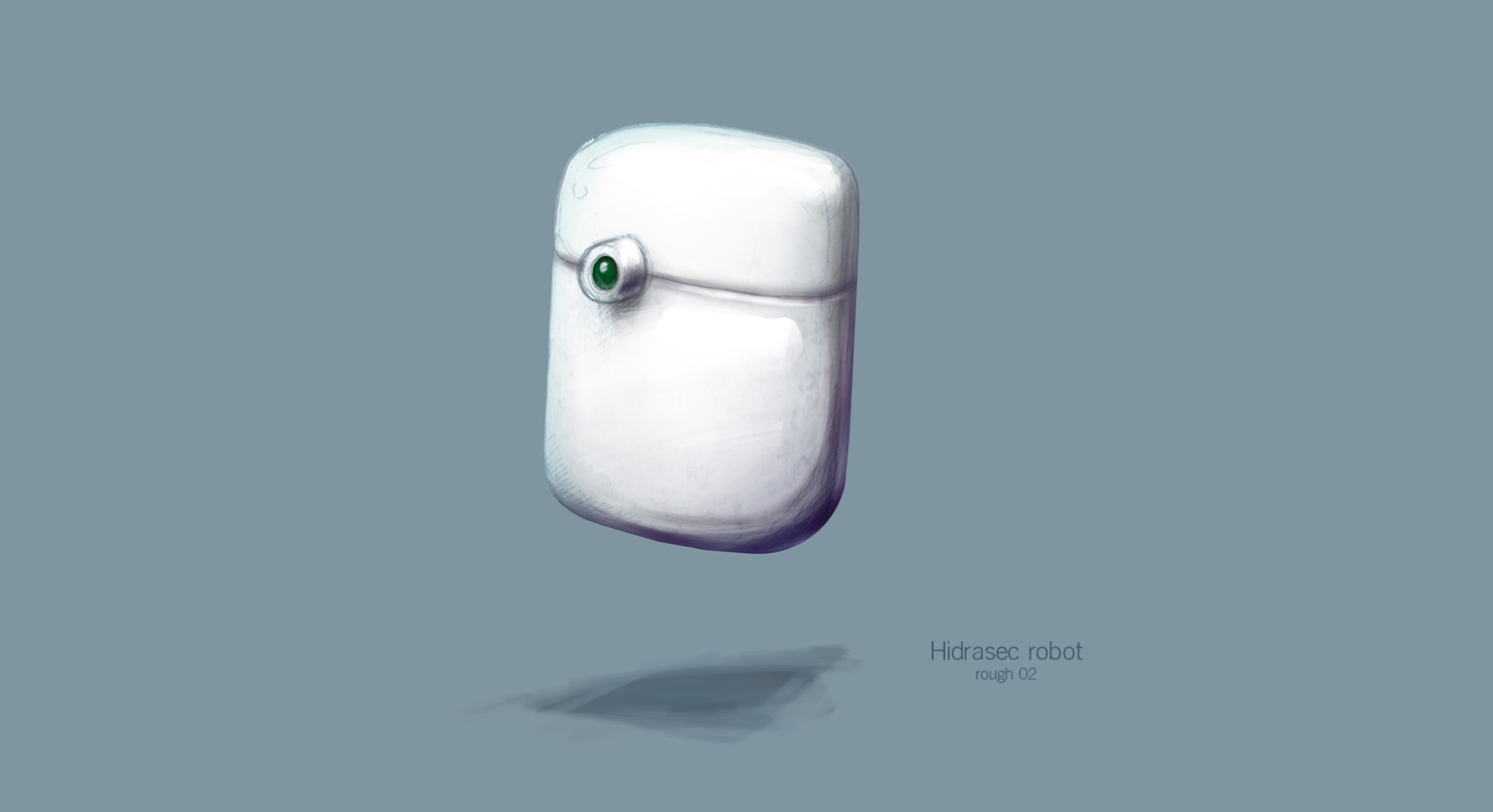It always takes a bit of extra explanation when I say how one the favourite things I’ve created is a diarrhoea animation.
And it’s true. Although while the product is an anti-diarrhoea treatment, the animation’s main job was to explain the processes inside the human gut, and why the product works differently to others. ‘Mode of action’ animations have always been pretty boring, glossy 3D molecules floating around, but this was an opportunity to shake things up.
The idea was to give each molecule, enzyme or pathogen its own character. The gut was shown as a fabric environment, with the enterocytes and enkephalins native to the gut sharing that knitted and stitched look. The virus and bacteria, being invaders, had an HR-Giger-Alien-like aesthetic, while the drug was also an interloper, but being high-tech and benign, had more of a medical droid look with influences like Star Wars and Wall-E.
The process, working with Sheffield-based Finger Industries, was an art-director’s joy. They put in a huge amount of work for the limited budget, with character development sketches that were a work of art in themselves.
Trying to jam in all the science accurately was tough, but the result was a standout piece of animation that not only picked up the best awards of my career (a gold and ‘best illustration’ in the UK IPA Awards, and two Healthcare Clio Awards) – but raised the bar for medical animations across the industry.






